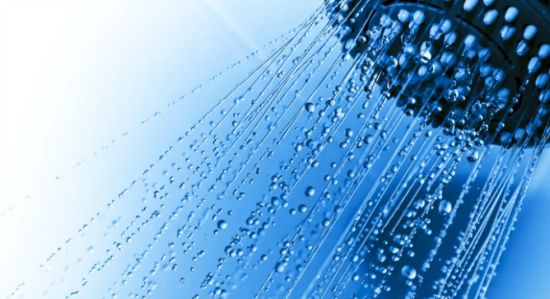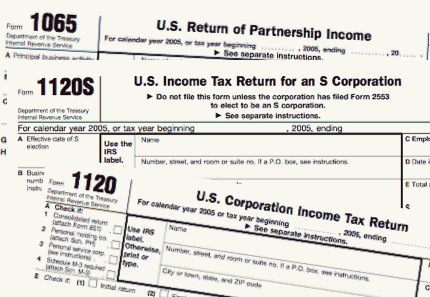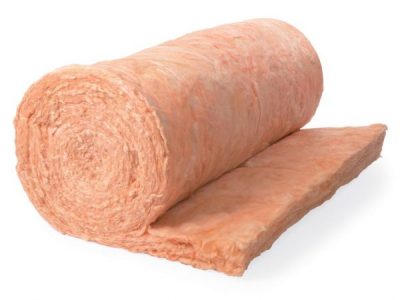I have written quite a few articles about energy savings from building HVAC and lighting, but haven’t yet discussed opportunities related to the plumbing system. Probably the best and easiest opportunity comes from installing low-flow fixtures. For new construction, low-flow fixtures are most likely required by code but they can also be a great opportunity for retrofitting or remodeling.
A low-flow fixture uses less water than an older fixture. For example, an older toilet may use 3.5 gallons per flush while a low-flow toilet would use only 1.6 gallons per flush. Some toilets even have an option to select a half flush for liquid waste to reduce usage even further. Faucets used to use more than 2.5 gallons per minute (GPM), but low-flow options use less than 1.5 GPM and can be as low as 0.5 GPM. Residential shower heads previously use as much as 7 GPM with newer models using only 2.5 GPM.
However, less water isn’t always better. It is important that the fixture can still perform the duty assigned to it (pardon the pun). One of the big criticisms of early low-flow toilets was that they weren’t able to efficiently flush solid waste down. These issues have thankfully been addressed in newer designs so that this is no longer a concern. The owner may have specific requirements for utility or kitchen faucets where a low-flow fixture may not work well. Outside of special considerations, low-flow fixtures are usually the way to go and are often required by code.
Using less water will obviously save the building owner on water service costs. Considering the return on investment, low-flow fixtures typically don’t cost much more than a regular fixture so the paybacks are usually quite reasonable. An added benefit for a facility with an onsite sewage facility such as a septic tank is that the total drain capacity may be reduced. For new construction, this could mean the ability to install a smaller tank and drain field or avoiding costly changes during a remodel.
If you are thinking about making changes to your building or are just wondering what you can do to save money, consider hiring us to complete a Small Business Energy Audit. We will review your building and provide you with options for saving money. We’ll also review utility incentive programs to help cover the cost of the improvements. Our goal is to provide an affordable service that a business can use to reduce their energy costs. We are happy to work with you to find a solution that fits your budget. If you own or manage a building and are interested in an audit, please contact us today.



